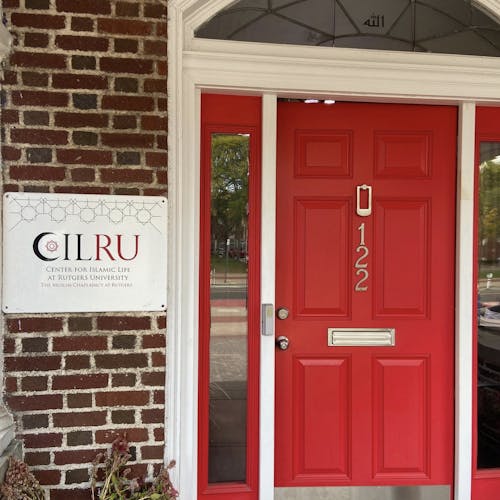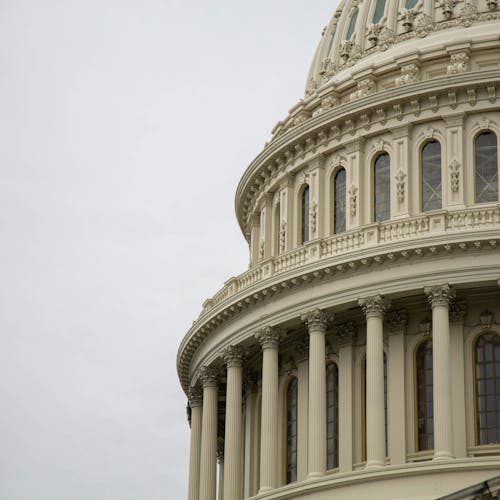Rutgers community discusses school's revenue sources

As a land-grant institution, Rutgers University is one of nearly 100 schools around the country recognized as being designed to help citizens from all walks of life achieve higher-education degrees.
To reach this goal, the University has been steadily fundraising and working to increase its revenue, reaching $1 billion last January, according to The Daily Targum.
The school utilized many different sources for revenue, and is actively searching for more ways to increase its funding, said Nancy Winterbauer, vice president for University Budgeting.
“In terms of new revenue sources, there are many ways in which Rutgers is seeking to expand the amount of funds available to the University beyond annual tuition increases and petitions for increased state support,” Winterbauer said.
The University is not funded solely by students' tuition. Along with associated fees, it accounts for only 27.6 percent of the University's revenue, according to a Rutgers' revenue sources fact sheet.
This matches the percent of Rutgers' funding spent on instruction, according to its 2014 expenditures sheet. In contrast, student services make up 3.3 percent of Rutgers' expenses.
While student fees are not the only source of revenue, they are the largest overall group. State appropriations make up the second-largest group, providing 21 percent of the University's revenue, according to the revenue sheet.
Federal, state and municipal grants and contracts, along with the Rutgers Biomedical and Health Sciences (RBHS) earned revenues and the auxiliary enterprises combined make up close to one-third of the University's revenue streams as well.
RBHS expenses are also the second largest group, including University of Medicine and Dentistry of New Jersey legacy costs, according to the expense sheet.
“(The) parking budget is self-sufficient,” said Jack Molenaar, director of the Rutgers University Department of Transportation Services. “(The) bus budget is covered by student transportation fees and the rest is made up by state funds to Rutgers.”
There is a list of sources that different areas of the University plan to utilize to raise funds, Winterbauer said.
These range from asking alumni to contribute more and drawing in more out-of-state and international students to increasing external research funding and revamping academic services, she said.
Increasing the endowment is another goal Rutgers has, she said.
The endowment broke $1 billion in December 2015, according to nj.com.
“(There are) new revenue sources that Rutgers is utilizing more and more each year,” Winterbauer said.



